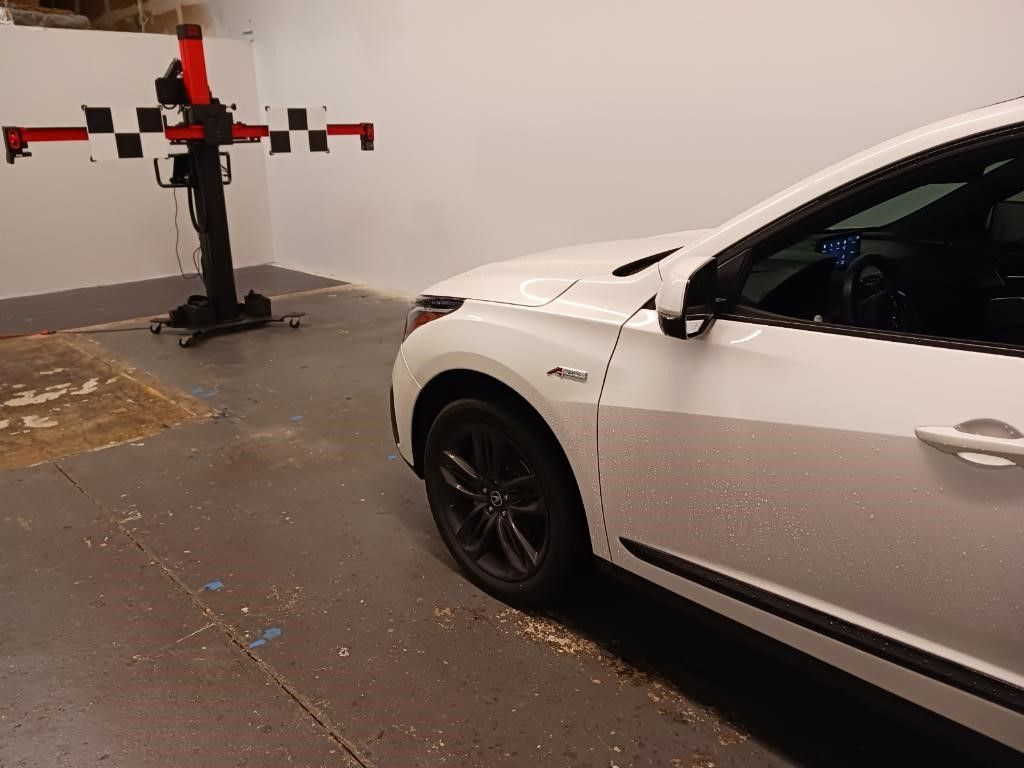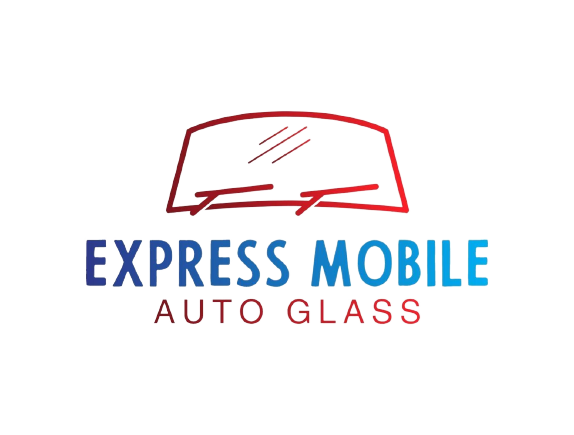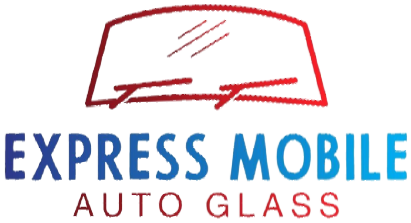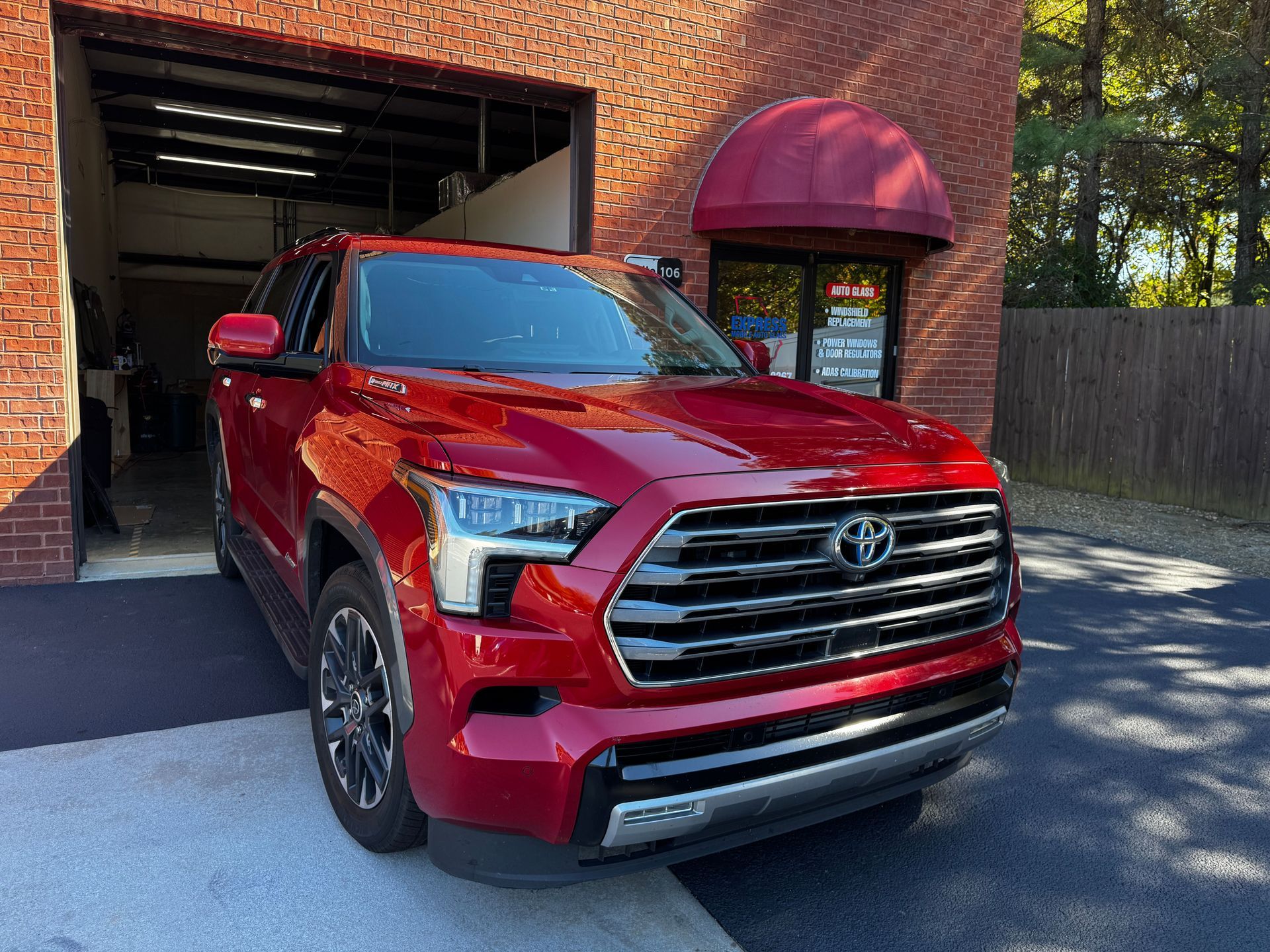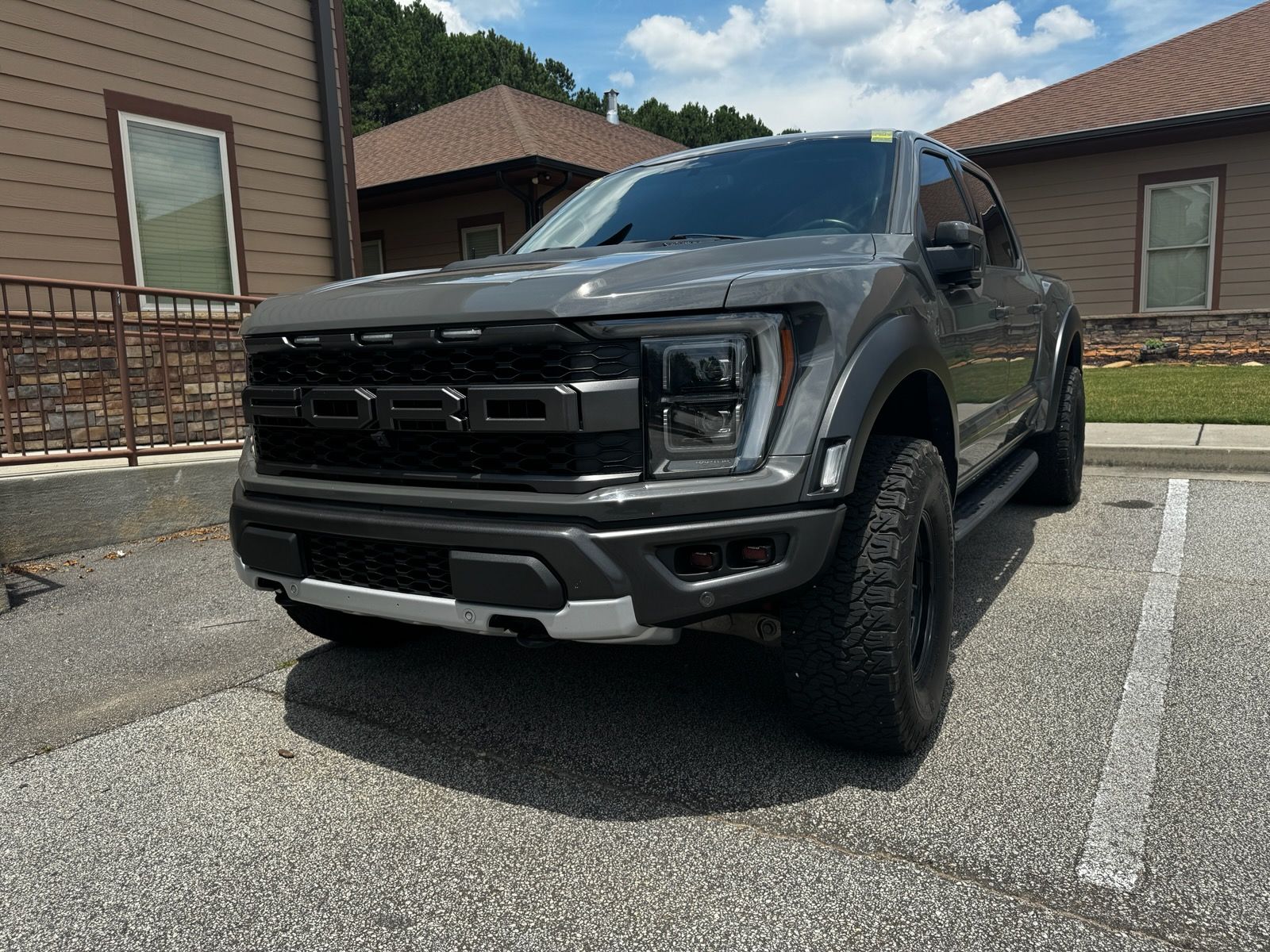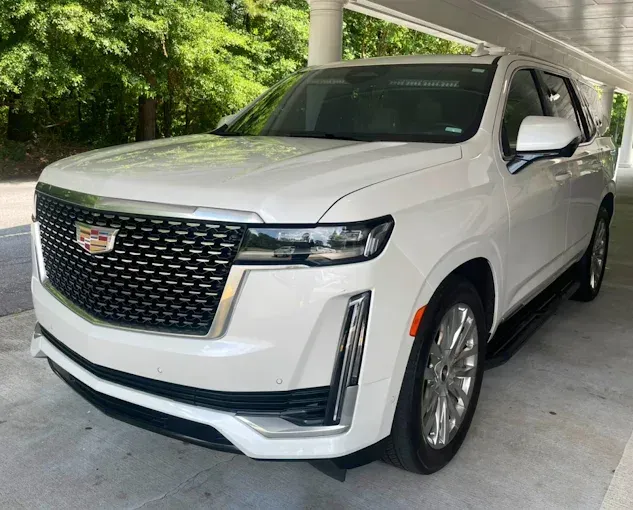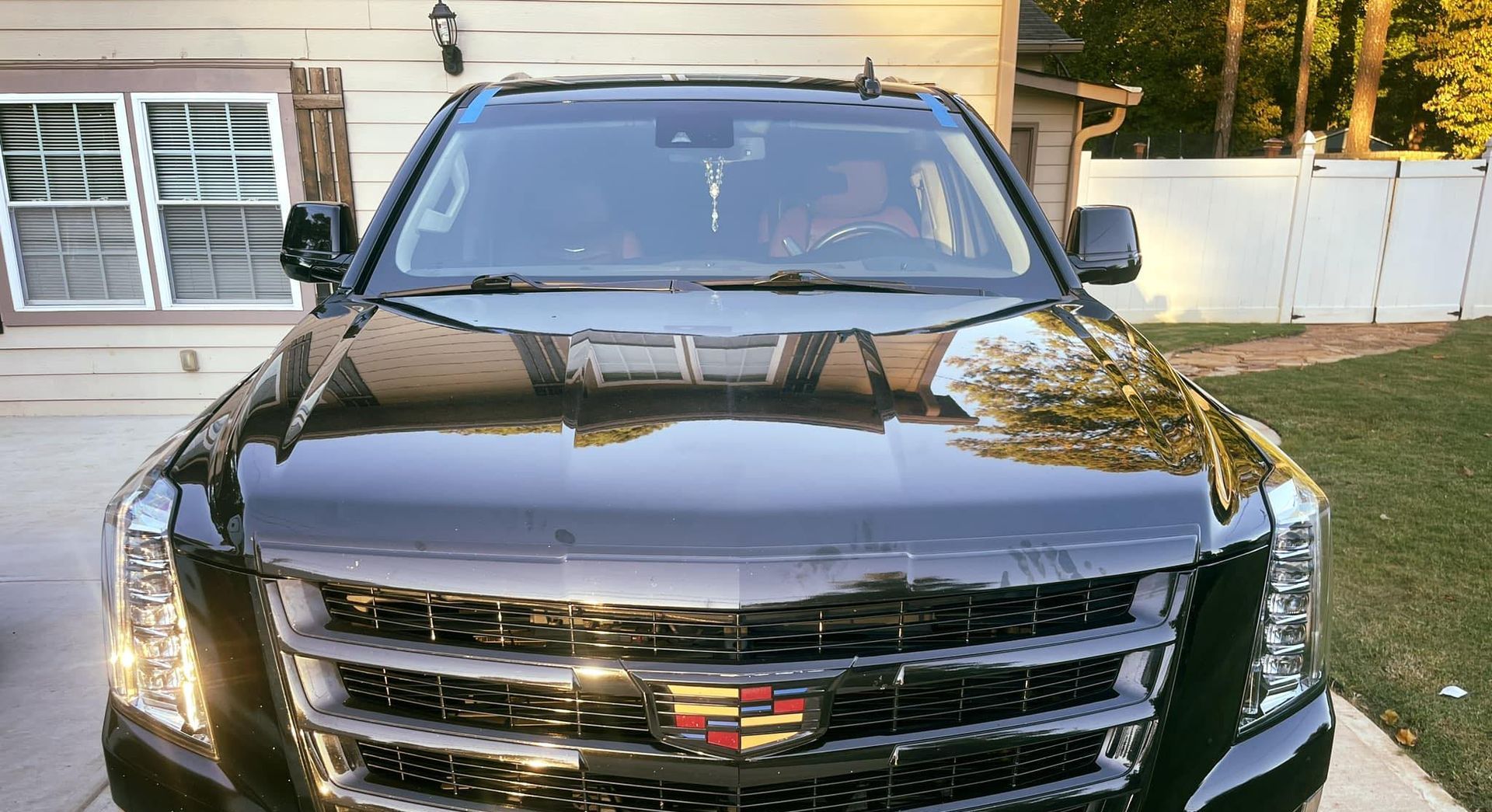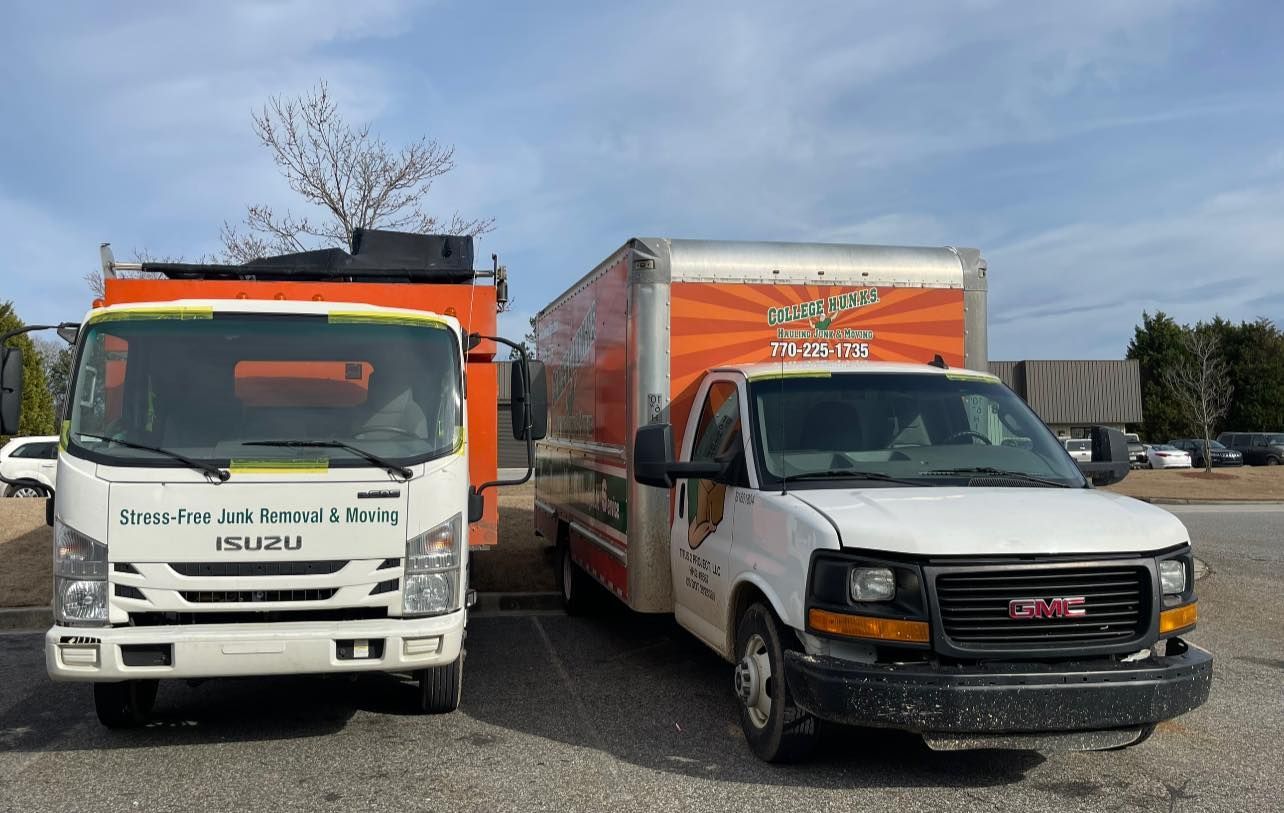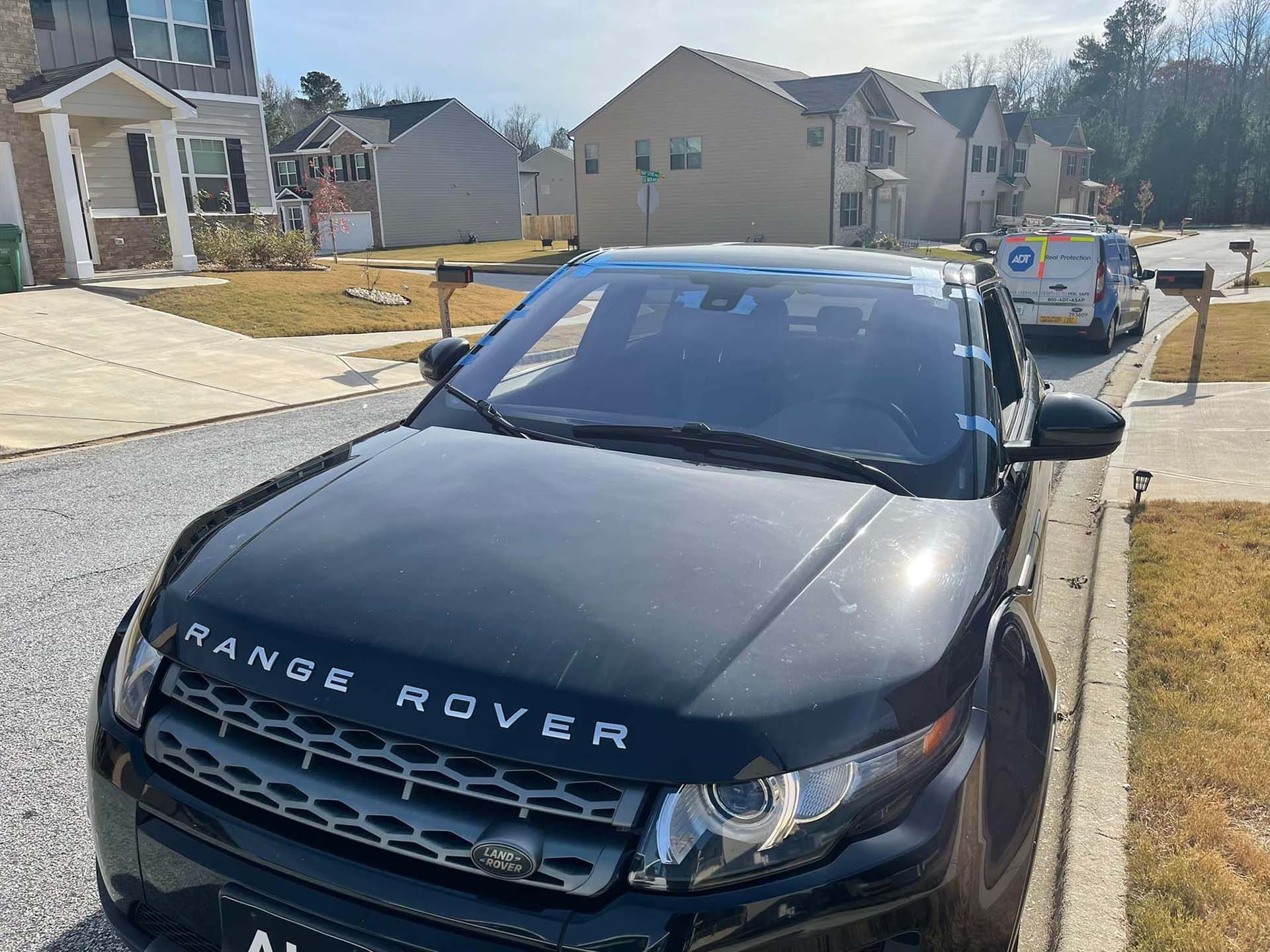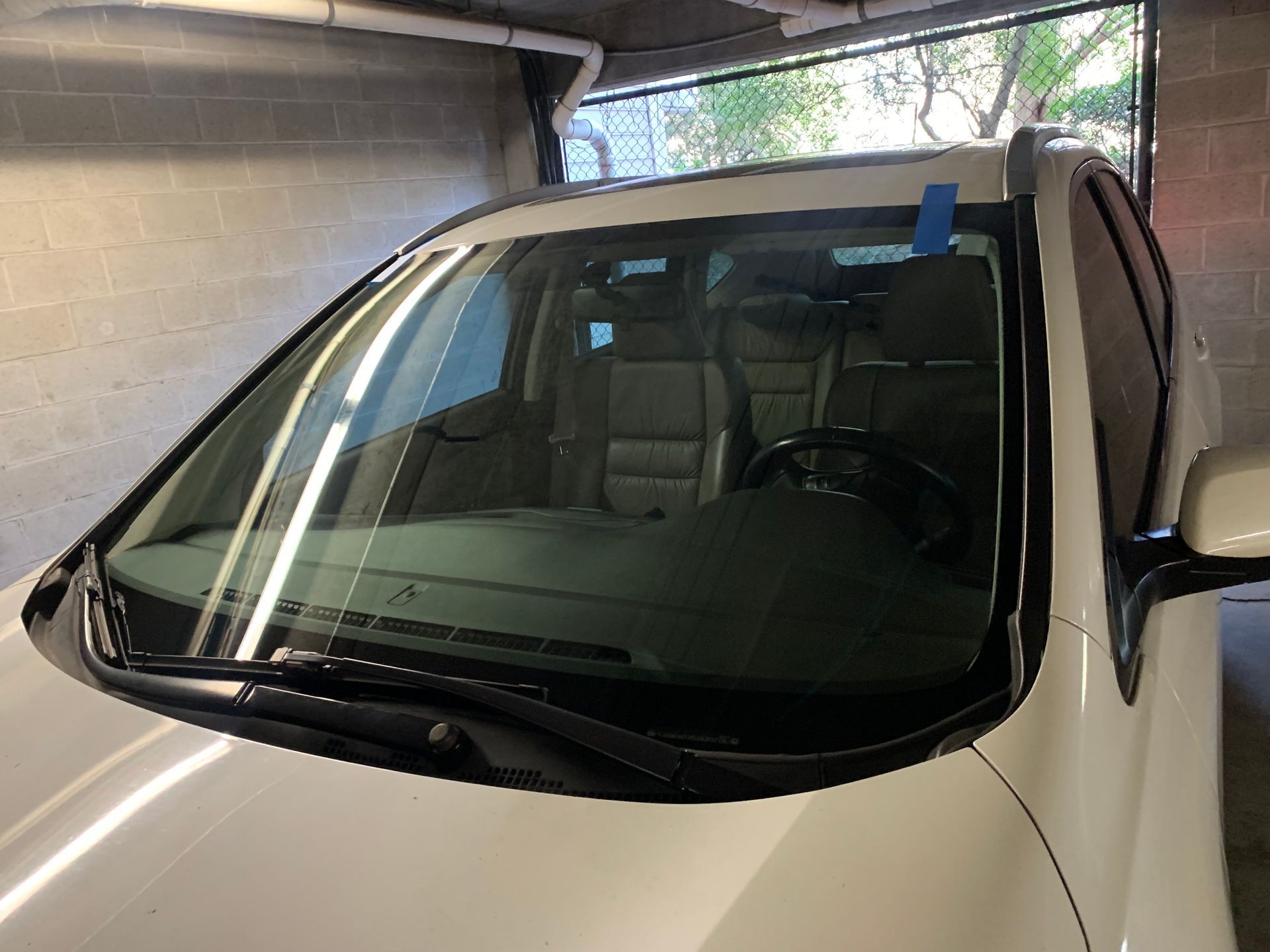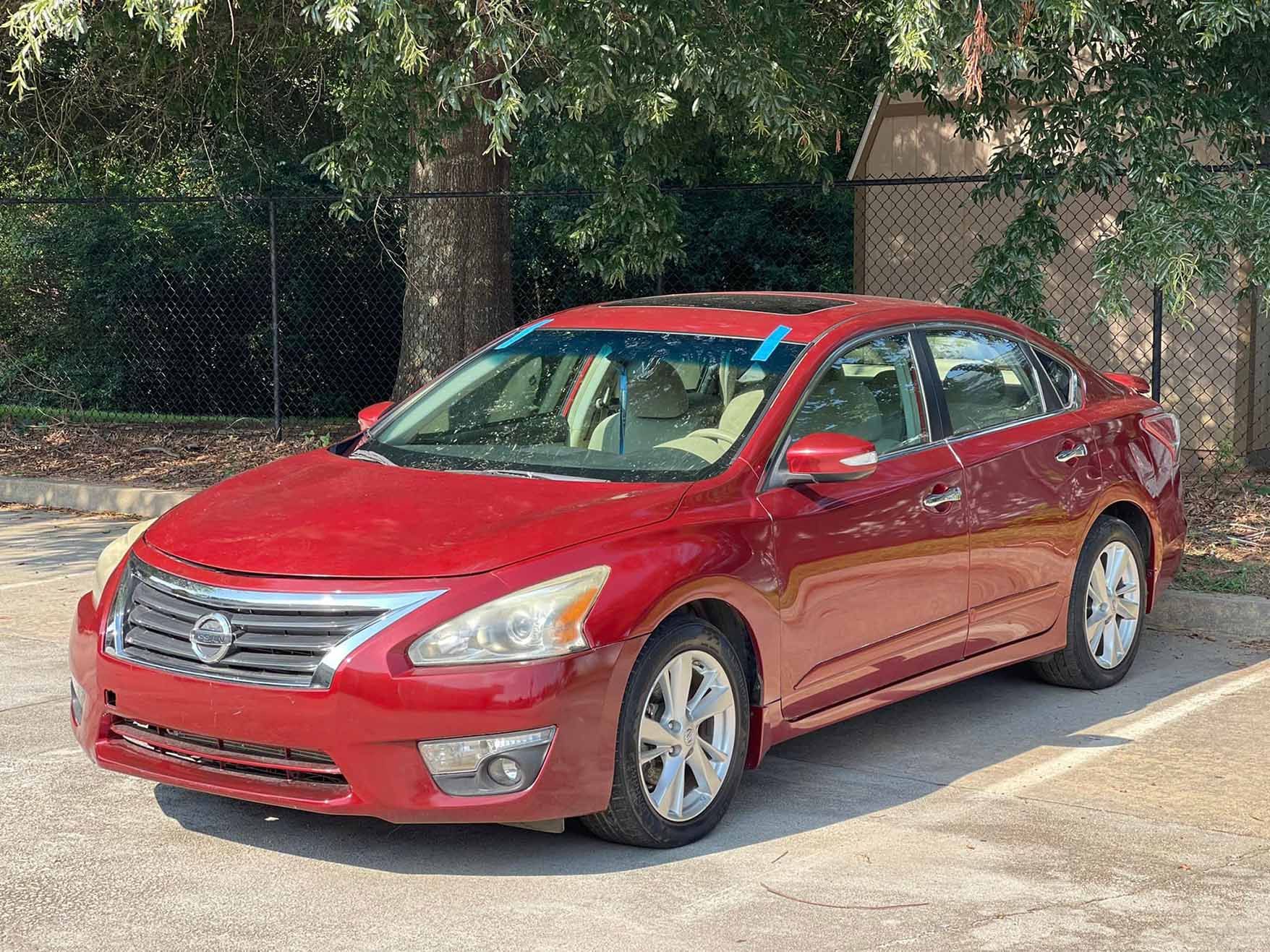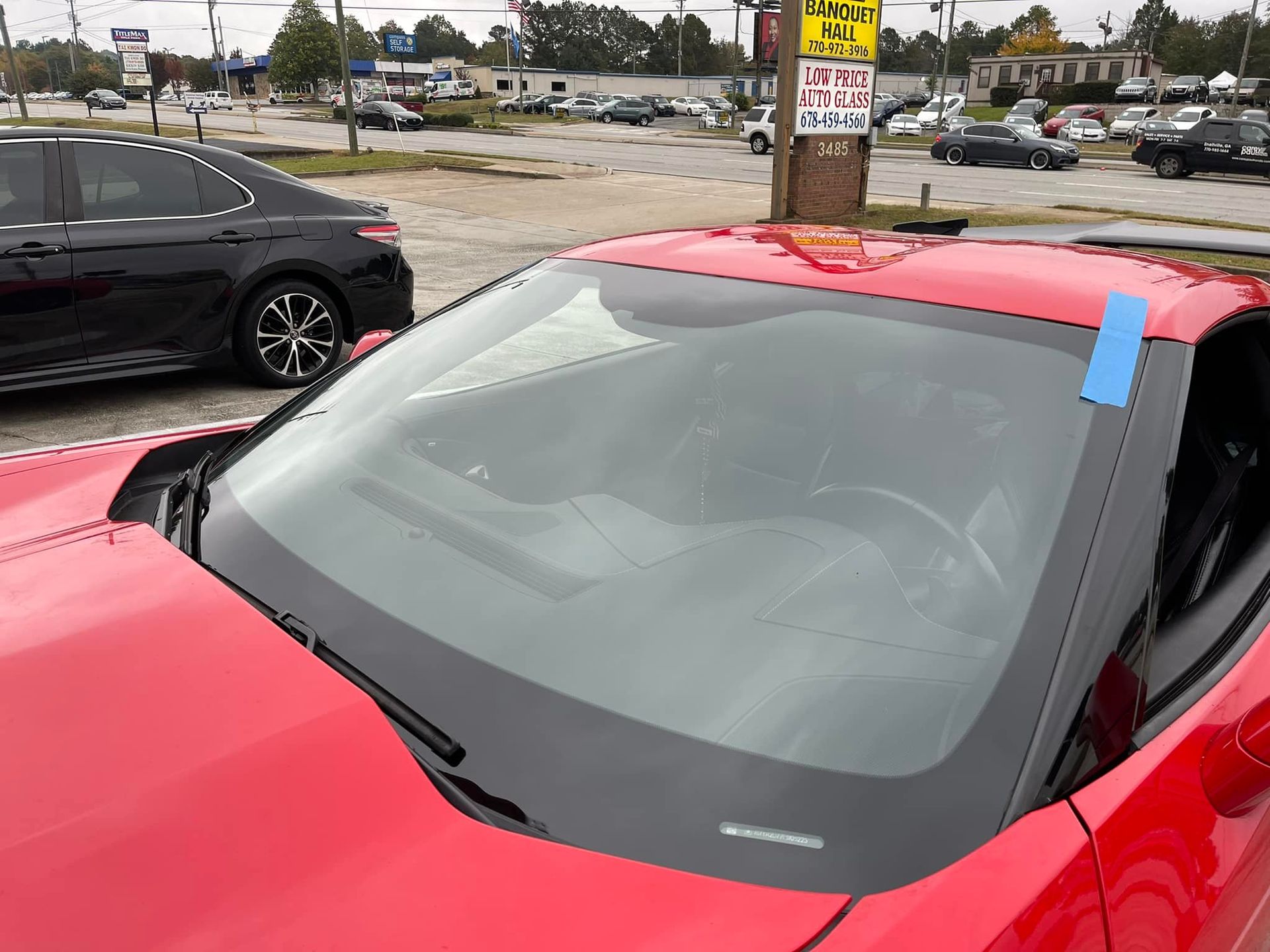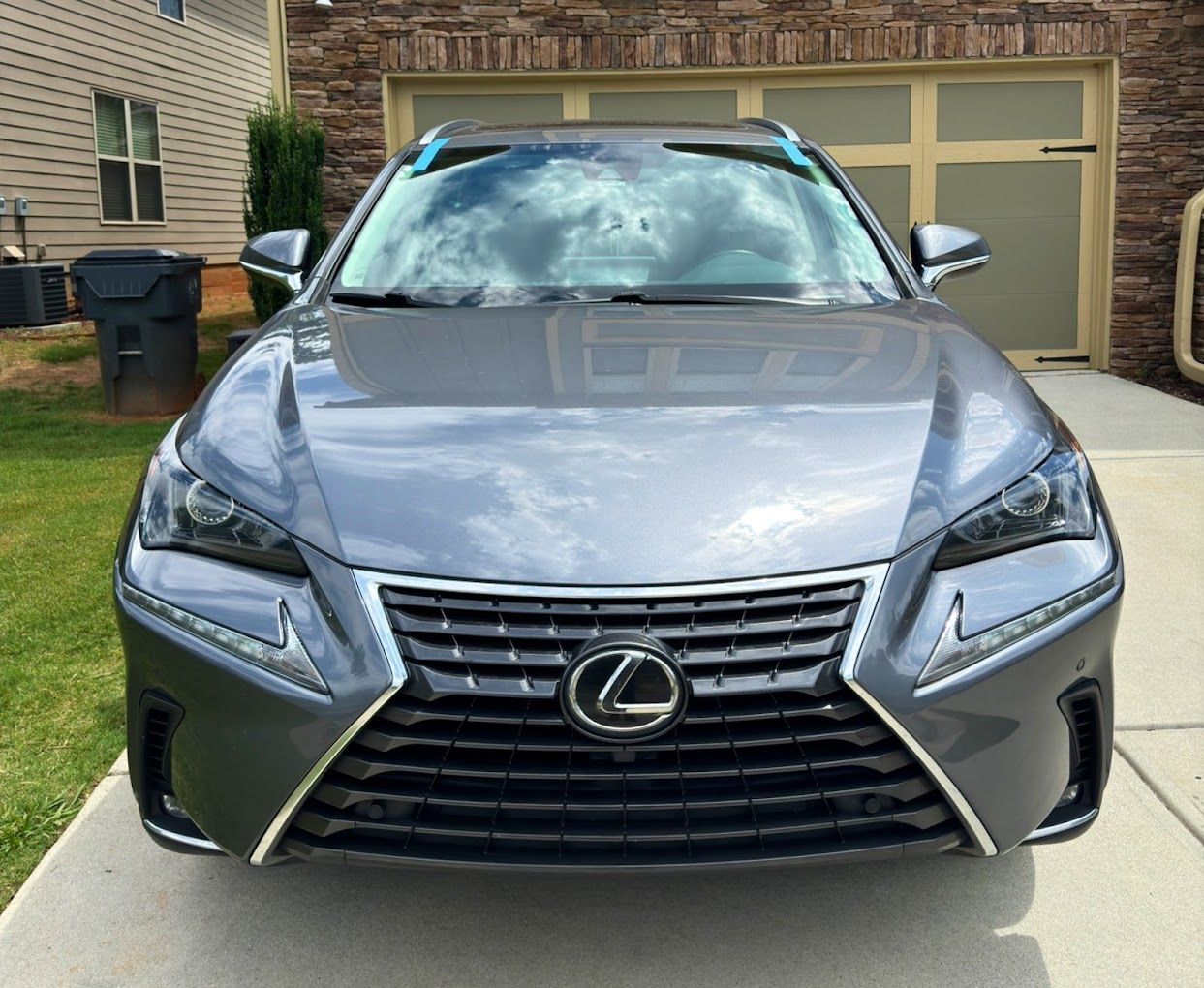ADAS Calibration After Windshield Replacement: How Important Is It?
THE IMPORTANCE OF ADAS CALIBRATION: WHAT YOU NEED TO KNOW
In recent years, Advanced Driver Assistance Systems (ADAS) have revolutionized automotive safety and convenience, offering features like adaptive cruise control, lane departure warning, automatic emergency braking, and parking assist. These sophisticated systems heavily rely on a network of sensors, cameras, radars, and lidars integrated into the windshield.
Ensuring these sensors function accurately is crucial for the safety and effectiveness of ADAS features. One critical aspect of maintaining ADAS functionality is proper calibration, especially after your windshield is replaced.
Why Is Calibration Necessary After Windshield Replacement?
One of the most common reasons for ADAS malfunction or degraded performance after a windshield replacement is misalignment of sensors and cameras. Many ADAS sensors are calibrated to specific positions relative to the vehicle’s chassis, and the windshield plays a vital role in maintaining that alignment. When a windshield is replaced, even slight deviations or misplacements can alter the sensors’ reference points, causing the systems to interpret the environment inaccurately.
The calibration process ensures that the sensors and cameras are correctly aligned, facing the right directions, and functioning as the manufacturer intended. Think of it like calibrating a GPS or compass. Your vehicle’s systems need to know precisely where they are and how they are oriented to work correctly.
How Does Windshield Replacement Affect ADAS?
During windshield replacement, the new glass must be properly installed to maintain the original sensor positions and clear views. Most modern windshields have embedded sensors or camera modules (such as rain sensors, lane departure cameras, or windshield-mounted radars). Proper placement and mounting are critical for these components to work accurately.
If the replacement process involves removing or repositioning these embedded sensors, calibration becomes imperative. Even in cases where sensors are not physically moved, the new windshield can introduce shifts or distortions affecting the field of view or sensor accuracy. Without calibration, even subtle misalignments can lead to false alerts, system errors, or a complete malfunction of ADAS features.
Risks of Not Calibrating Your ADAS After a Windshield Replacement
Neglecting to calibrate ADAS systems after having a new windshield installed on your vehicle can have serious safety implications.
- Compromised Safety Features: Systems like automatic emergency braking and lane-keeping assist may not respond properly, increasing the risk of accidents.
- False or Missing Warnings: Misaligned sensors can trigger false alarms or fail to detect obstacles, pedestrians, or lane markings.
- Potential Insurance and Legal Issues: In the event of an accident, malfunctioning ADAS due to uncalibrated sensors might complicate claims or liability assessments.
- Damage to Sensors: Misalignments or improper calibration can cause stress or damage to sensors, which are delicate, leading to additional repairs.
Manufacturer Recommendations and Industry Standards
Vehicle manufacturers consistently emphasize the importance of calibrating ADAS features after a windshield replacement. They often specify calibration procedures and recommend using certified or OEM-approved calibration equipment and facilities. Many newer vehicles require static calibration procedures performed in a controlled environment to ensure sensors are correctly aligned.
Automotive industry organizations, like the Society of Automotive Engineers (SAE), advocate for proper calibration protocols, emphasizing that calibration must be performed after a windshield replacement to ensure safety and system reliability.
Calibration Isn’t Just a Courtesy
When replacing a windshield, particularly on a vehicle equipped with ADAS, calibration of this technology is a critical safety step. Proper calibration ensures that sensors and cameras function accurately, maintaining the integrity of safety features that protect occupants, pedestrians, and other road users.
Failing to calibrate your ADAS technology after a windshield replacement can compromise your safety and the safety of those riding in your vehicle. It can also lead to costly repairs that might not be covered by your insurance because you didn’t calibrate your ADAS technology.
Do You Need a Windshield Replacement in Grayson, GA?
If you live or work in or near
Norcross,
Snellville, or
Lawrenceville, GA, and you need a
windshield replacement,
contact us at Express Mobile Auto Glass. We offer
insurance claims assistance and a lifetime warranty on all workmanship. Our technicians are fully certified to calibrate your
ADAS technology, ensuring all safety systems work with your new windshield.
